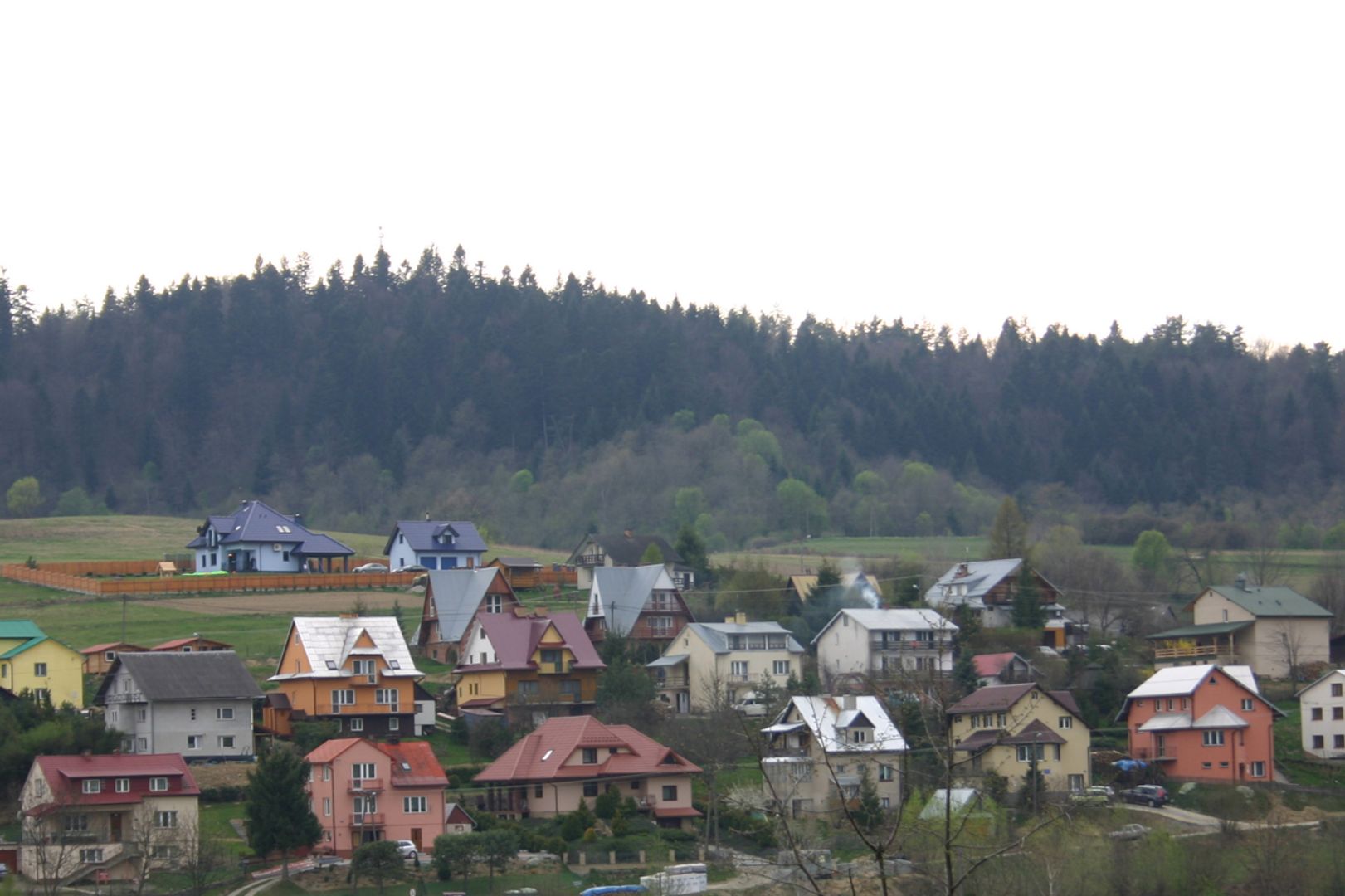Volkovia
6.35

Overview
Wołkowyja is a village located in the Podkarpackie Voivodeship, within the Solina municipality, on the shores of Lake Solina, surrounded by picturesque mountains. The history of the locality dates back to 1463, when it was founded by the knightly Bal family under Wallachian law. In the Middle Ages, the village was part of the Sanok Land, and in the 18th century, it passed into the hands of Salomea Karsznicka, thus ending the Bal family line. In the 19th century, Rozalia Giebułtowska became the owner of Wołkowyja. During the interwar period of the Second Polish Republic, the village was part of the Lwów Voivodeship.
During World War II, Wołkowyja became a site of conflict between Poles and Ukrainians, leading to the persecution of Poles. In 1946, the village was almost completely destroyed by the Ukrainian Insurgent Army (UPA). The architecture of Wołkowyja is distinguished by two historic religious buildings: the Roman Catholic Church of St. Maximilian Kolbe from 1842 and the Greek Catholic Church of St. Peter and Paul from 1833. However, both were destroyed in 1967 due to the damming of the Solina Reservoir.
Despite its difficult history, Wołkowyja has retained its local identity, and its scenic location continues to attract tourists, especially nature and history enthusiasts. An interesting fact is the fate of other historical monuments in the area, which ended up submerged under the reservoir waters due to wartime events and changing geographical conditions. Although the village has experienced many tragedies in the past, it remains an important cultural and historical site in the Bieszczady region.
Location
2025 Wizytor | All Rights Reserved